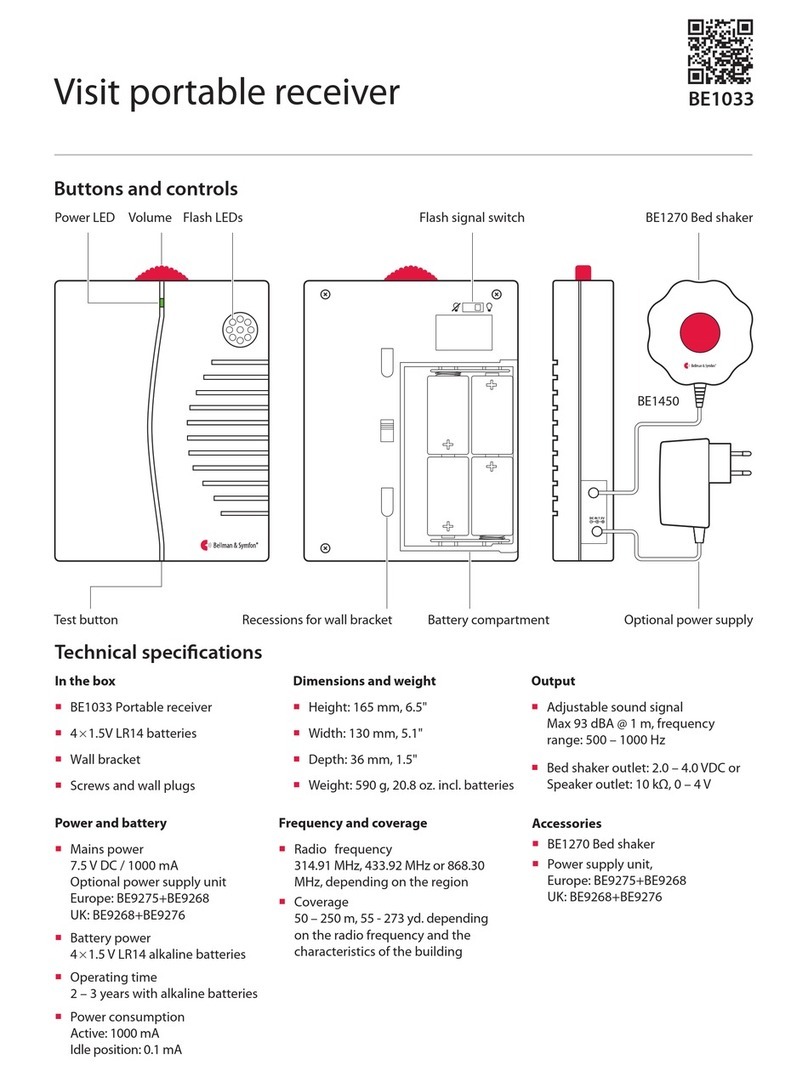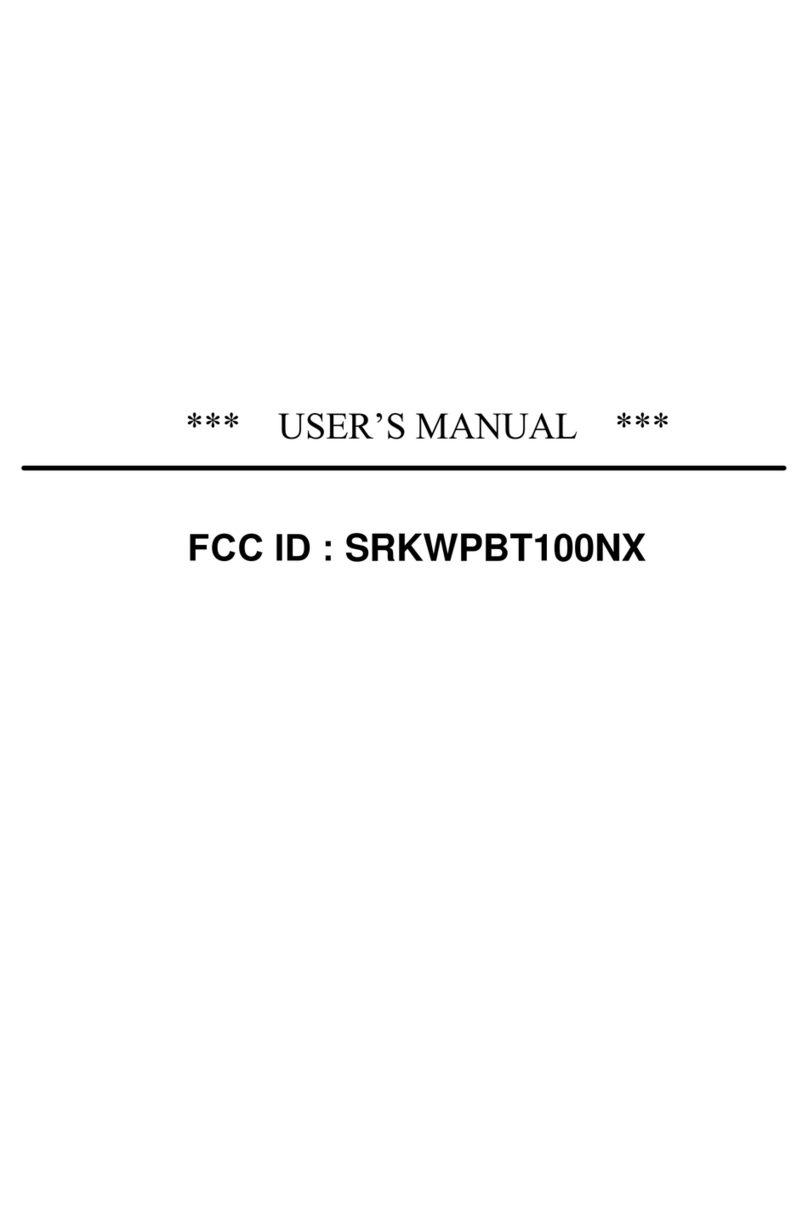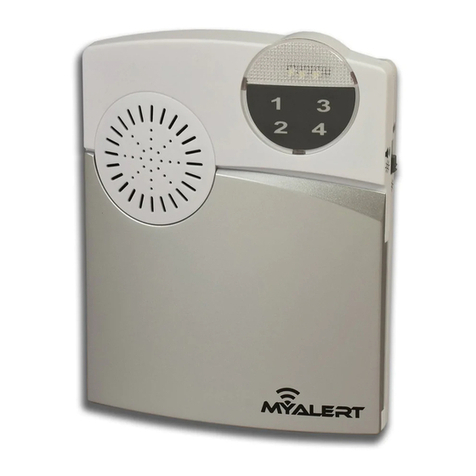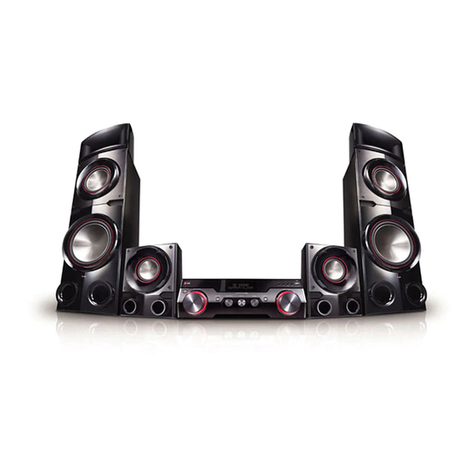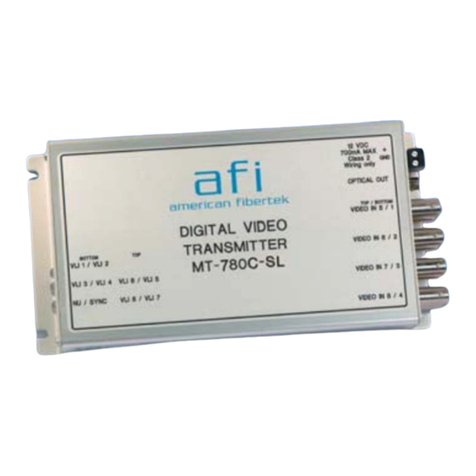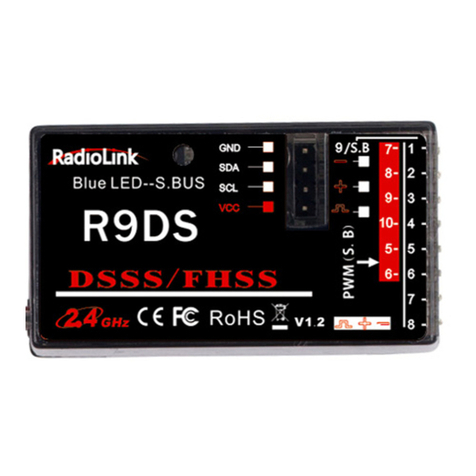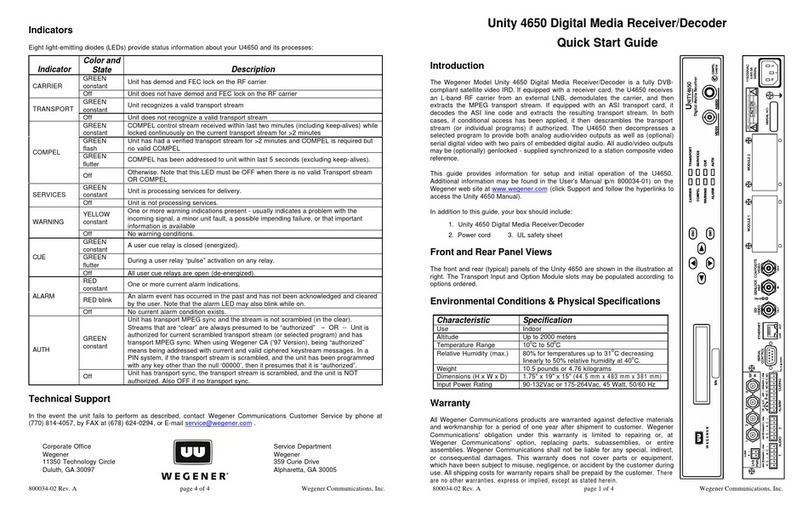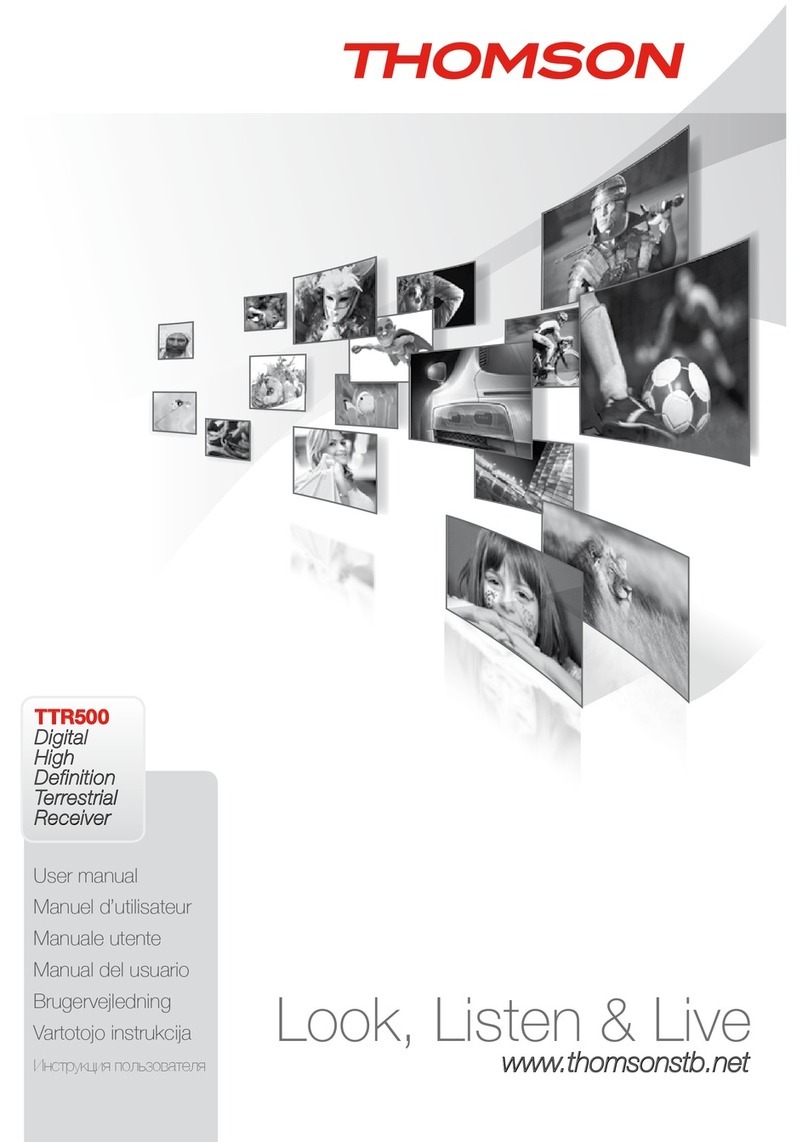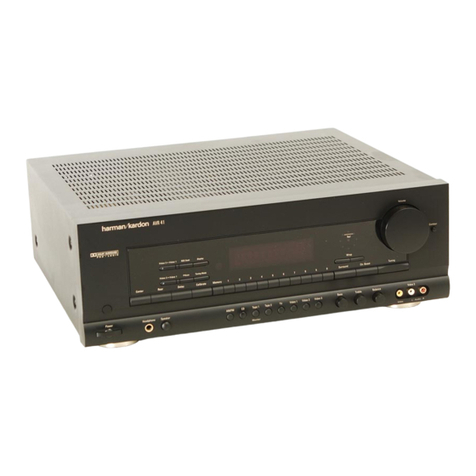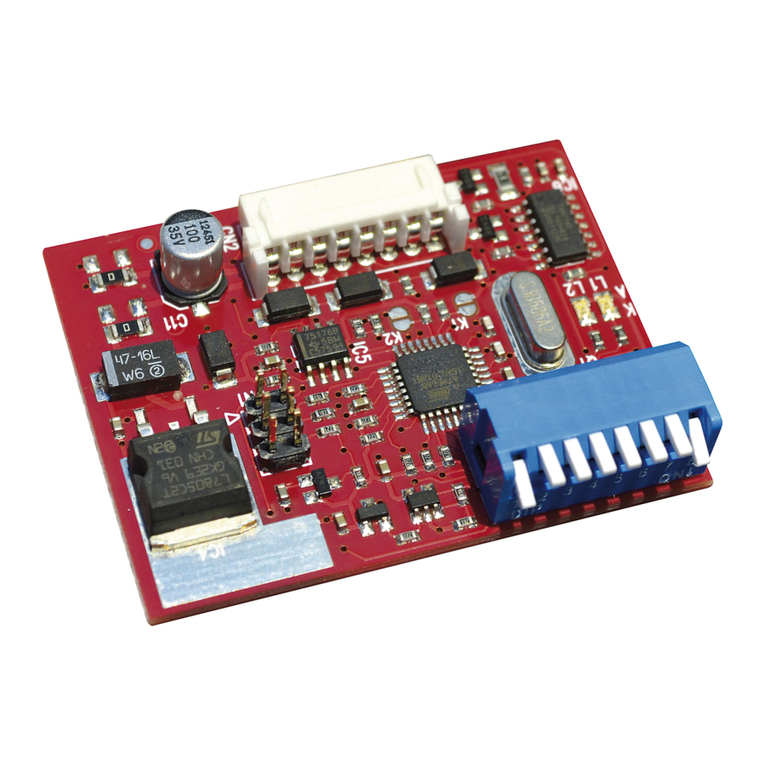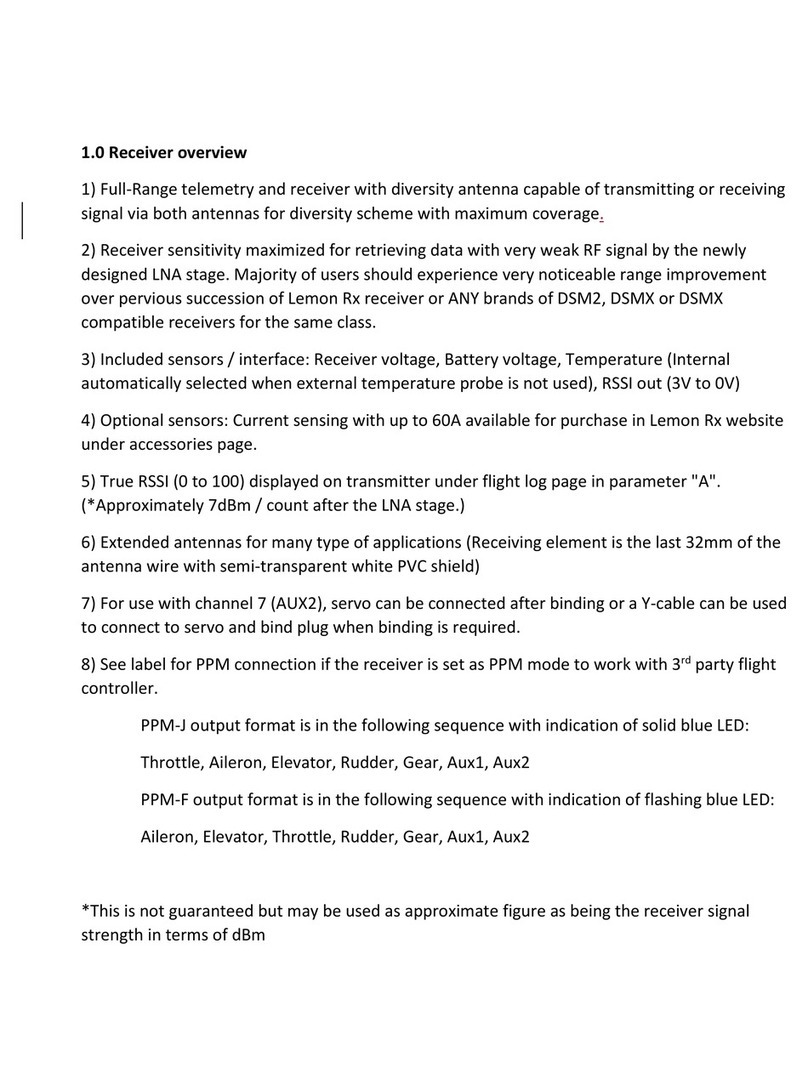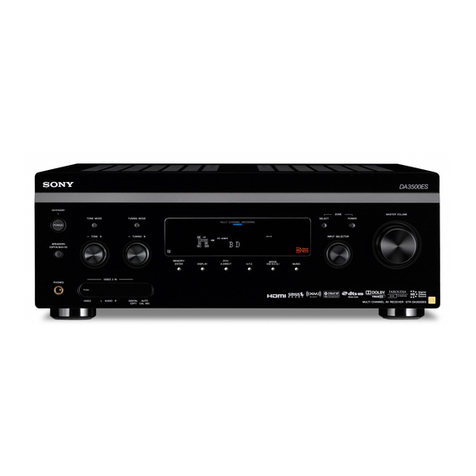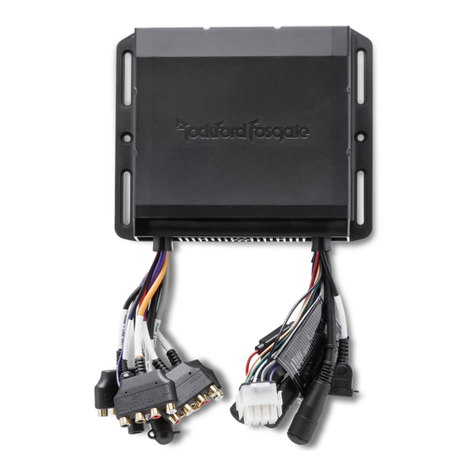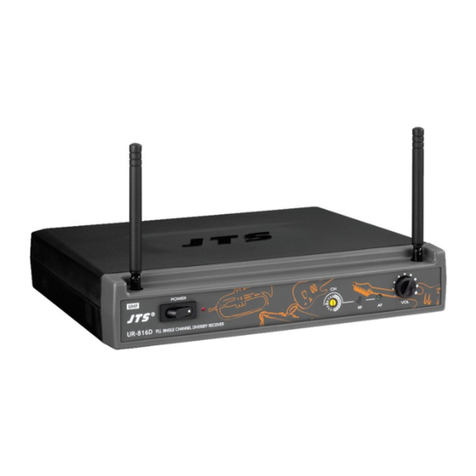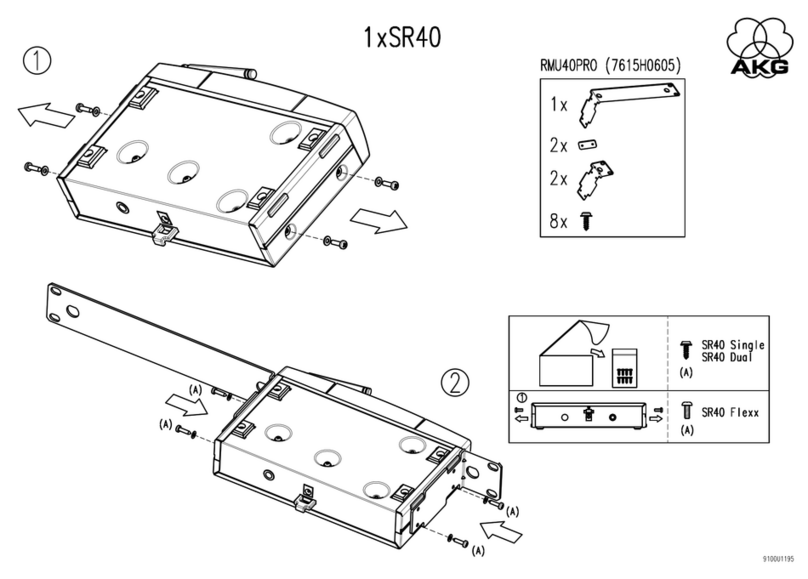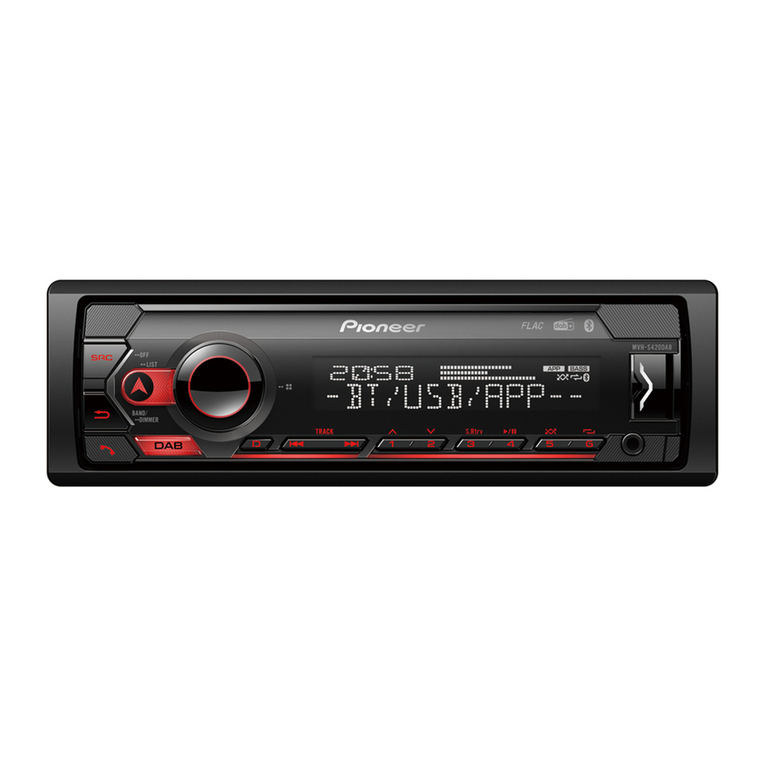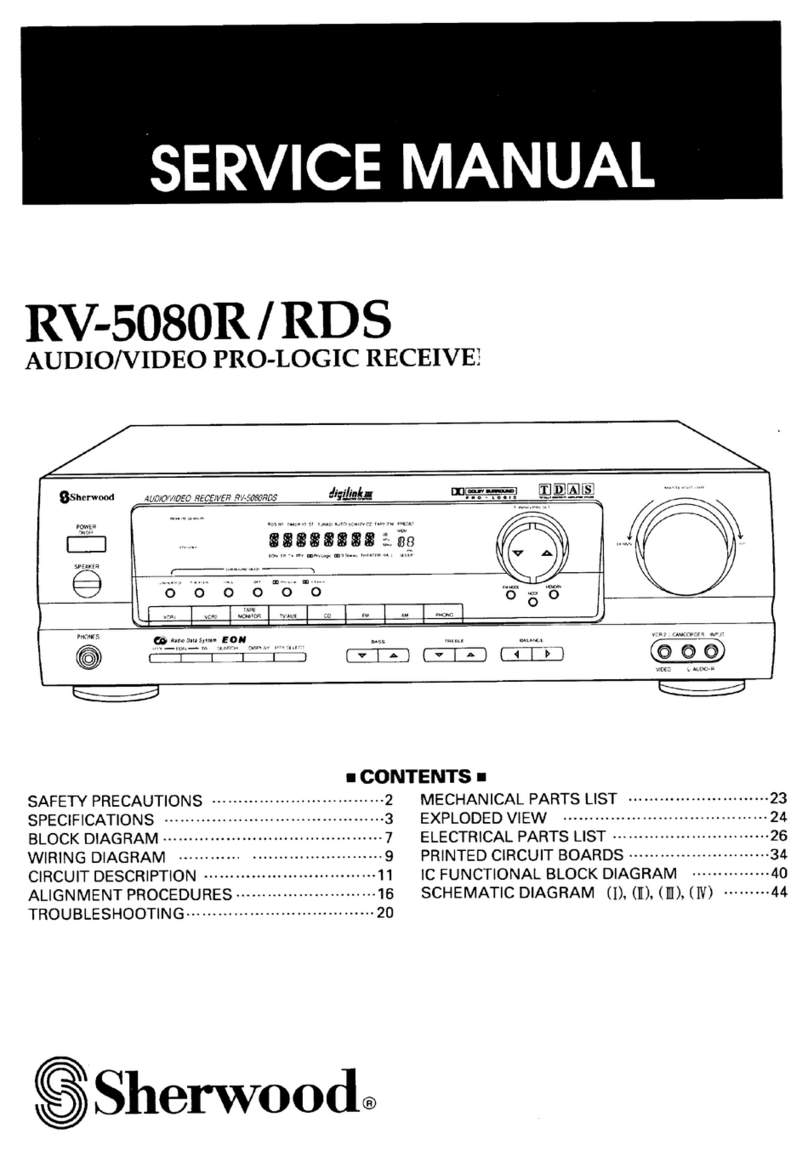Bellman BE1450 User manual

Buttons and controls
Visit portable receiver
Visit LEDs
VolumePower LED Flash signal switch
Recessions for wall bracket Battery compartment Optional power supply
BE1270 Bed shaker
Test button
BE1450
Flash LEDs
BE1450 |BE1452
In the box
BE1450 Portable receiver
4
¯1.5V LR14 batteries
Wall bracket
Screws and wall plugs
Power and battery
Mains power
7.5 V DC / 1000 mA
Optional power supply unit
Europe: BE9275+BE9268
UK: BE9268+BE9276
Battery power
4¯1.5 V LR14 alkaline batteries
Operating time
2 – 3 years with alkaline batteries
Power consumption
Active: 1000 mA
Idle position: 0.1 mA
Output
Adjustable sound signal
Max 93 dBA @ 1 m, frequency
range: 500 – 1000 Hz
Bed shaker outlet: 2.0 – 4.0 VDC or
Speaker outlet: 10 kΩ, 0 – 4 V
Frequency and coverage
Radio frequency
314.91 MHz, 433.92 MHz or 868.30
MHz, depending on the region
Coverage
50 – 250 m, 55 - 273 yd. depending
on the radio frequency and the
characteristics of the building
Accessories
BE1270 Bed shaker
Power supply unit,
Europe: BE9275+BE9268
UK: BE9268+BE9276
Dimensions and weight
Height: 165 mm, 6.5"
Width: 130 mm, 5.1"
Depth: 36 mm, 1.5"
Weight: 590 g, 20.8 oz. incl. batteries
Visit LEDs
The Visit LEDs normally indicates
the following:
Orange LED, pacier symbol
The baby monitor is activated
Green LED, door symbol
The door transmitter is activated
Yellow LED, telephone symbol
The phone transmitter is activated
Red LED, re symbol
The smoke alarm is activated
Technical specications

1 2 3
Getting started
1Slide open the battery cover, t the batteries and close the cover again.
Place the receiver on a level surface or mount it on the wall using the wall bracket.
2To test the radio link you need a Visit transmitter. Press the test button/s on the transmitter.
3The receiver lights up a Visit LED and starts to ash and sound. If a bed shaker is connected, it will vibrate.
A short press on the test button repeats the last indication. If nothing happens, see Troubleshooting.
Default signal pattern
When a transmitter is activated, the receiver lights up an LED, sounds, ashes and the bed shaker starts to vibrate with a
certain pace. This is called signal pattern. The transmitters determine the pattern, and the default is as follows:
Transmitter Portable receiver Bed shaker
Activated source Visit LED Sound Flash Vibration
Door transmitter / push button transmitter Green Door chime Yes Slow
Telephone transmitter Yellow Ring signal Yes Medium
Baby monitor Orange Baby melody Yes Fast
Smoke alarm Red Fire horn Yes Long
Changing the signal pattern
The signal pattern can only be changed on the transmitters. See Changing the signal pattern for the relevant transmitter.
Adjusting the volume and ash
Adjust the volume to your liking using the red volume dial on the top of the receiver. It goes from 0 to 93 dBA @ 1 m with a
main frequency range of 500 – 1000 Hz. Use the ash signal switch on the back of the receiver to turn the ash o/on.
Replacing batteries
If the power LED is yellow when the receiver is activated, the batteries are nearly depleted. Here is how you replace them:
Slide open the battery cover. Replace the old batteries with four new 1.5 V LR14 alkaline batteries, see the battery
compartment for correct positioning.
Visit portable receiver

Changing the radio key
If your Visit system is activated for no reason, there is probably a nearby system that triggers yours. In order to avoid radio
interference, you need to change the radio key on all units. The radio key switches are located on the transmitters.
Here is how you change the radio key:
1Open the transmitter cover and move any radio key switch to the up (on position) to
change the radio key. See Changing the radio key for the relevant transmitter.
2Press and hold the test button located on the bottom of the portable receiver until the
green and yellow Visit LEDs blink alternately. Release the button.
3Press the test button/s on the transmitter within 30 seconds to send the new radio key.
4All Visit LEDs on the receiver blink 5 times to show that the radio key has been changed. It then returns to normal mode.
Note: All Visit units must be set to the same radio key in order to operate as a group.
1 2 3 4
°5
Visit portable receiver
BE1270
On
O
Accessories
The portable receiver can be complemented with the following accessories:
BE1270 Bed shaker
Wakes you with vibrations if anything
happens while you are asleep. Connect
it to the receiver and slide it under your
pillow or mattress.
BE9275 + BE9268 EU /
BE9268 + BE9276 UK power supply
If your receiver has a xed place, you
can connect it to mains power and not
having to worry about batteries.

If Try this
The receiver seems to be turned o The batteries are depleted. Replace them with 4¯1.5V LR14 alkaline batteries.
The power LED is yellow when the
receiver is activated.
The battery level is low. Replace them with 4¯1.5V LR14 alkaline batteries.
The receiver does not respond
when a transmitter is activated, but
works when I use the test button
Check the transmitter batteries and connections.
Move the receiver closer to the transmitter to make sure it’s within radio range.
Check that the receiver is set to the same radio key as the other units in the Visit
system, see Changing the radio key.
The receiver is activated for no
apparent reason
There is probably another Visit system installed nearby that triggers your system.
Change the radio key on all units, see Changing the radio key.
The receiver is too quiet Turn up the volume using the red volume dial on the top of the unit.
The receiver is not ashing Check that the ash signal switch on the back of the unit is set to the ON position.
Advanced programming
By using advanced programming, you can customize the signal pattern from a specic transmitter and event, displaying
the LED colour, sound and vibration pattern of your choice. The advanced programming overrides the radio key and pairs
the units via the serial number. Please note that smoke alarms cannot be programmed for safety reasons.
Note: The transmitter must be activated as it is intended to be used in the system to generate the right signal.
This means that you can’t always use the transmitter test button (see Default signal pattern for the relevant transmitter).
Here is how you program the receiver:
1Press and hold the test button on the receiver. The green and yellow Visit LEDs will start to blink alternately.
While still holding down the button, activate the desired transmitter as intended. The power LED on the receiver will
light up in yellow to show that you are in advanced programming mode. Release the button.
2Scroll through the dierent Visit LED options by pressing the test button on the receiver. Select the desired Visit LED
colour by holding down the test button until the power LED goes out and lights up again.
3Scroll through the dierent sound optionsby pressing the test button on the receiver. Select the desired sound by
holding down the test button until the power LED goes out and lights up again.
4Scroll through the dierent vibration options by pressing the test button on the receiver (bed shaker required).
Select the desired vibration pattern by holding down the test button until the power LED goes out and lights up again.
5The receiver will now show the new Visit LED colour, sound and vibration pattern. Press the test button briey to end the
demonstration. After a short while, it will return to normal mode.
Deleting the advanced programming
Follow the procedure below to delete the advanced programming.
1Hold down the test button on the receiver until the green and yellow Visit LEDs blink alternately. Release the button.
2Press the test button on the receiver 3 times in quick succession.
3All Visit LEDs will light up for ~2 seconds to show that it has been deleted.
Troubleshooting
Visit portable receiver
This manual suits for next models
1
Other Bellman Receiver manuals
